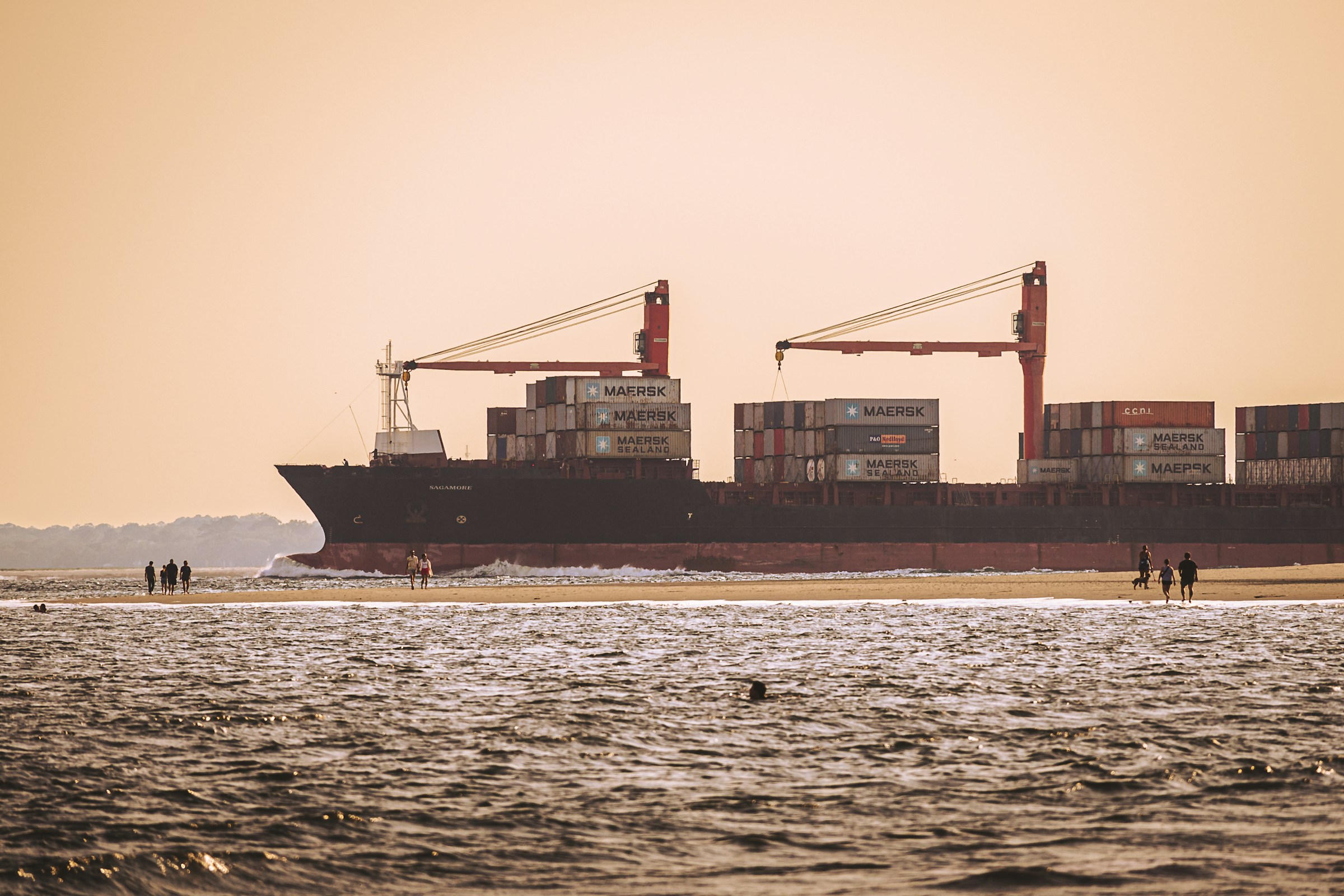The headline moment is clear. President Donald Trump told reporters that China must ensure the United States receives magnets or face tariffs of up to 200 percent. He delivered the line while meeting South Korean leader Lee Jae Myung at the White House, and he acknowledged that duties at that level would fracture trade. The message was blunt and it was aimed at a very specific choke point.
He paired the tariff threat with a softer line on people flows. Trump said the United States will continue to admit Chinese students, a signal that the administration wants to keep talent and research lanes open even as it hardens around industrial inputs. The figure cited was on the order of hundreds of thousands of students, and it was framed as important to the broader relationship.
Under the hood, magnets are not a rhetoric prop. They sit at the end of a vertically integrated Chinese chain that runs from rare earth mining and separation through alloying and sintering. In April 2025 Beijing tightened export controls on several rare earth elements and on magnets themselves, moving to a licensing regime that slowed outbound flows and elevated bargaining power at the component level. Washington read that as retaliation for earlier tariff moves.
This matters because a few dollars of neodymium-iron-boron can lock or unlock entire product lines. EV traction motors, wind turbine generators, industrial robots, and a lot of defense hardware ride on permanent magnets that are compact, heat-resilient, and hard to substitute at equal performance. When the magnet stops, the flywheel of high-margin systems slows with it.
Seen through operating logic, the tariff talk is a pricing lever, not a philosophy. You do not need a broad decoupling to move a thin part of the stack if that part gates multiple finished goods. The administration has already tested pause-and-pressure cycles through rolling tariff truces and legal probes of trade authority. The magnets line fits the pattern. It externalizes the cost of supply insecurity to a counterpart until the counterpart restores flow, or until demand switches to a second supplier.
The platform comparison is also useful. China behaves like the incumbent platform in magnets. It owns distribution, owns a lot of processing, and keeps tight coupling between upstream and final fabrication. The United States, by contrast, still relies heavily on imports of rare earth materials and finished magnets, and the domestic magnet base is small. Even optimistic capacity builds leave the system reliant on foreign inputs for years. Operators cannot plan on a fast on-shore flip.
Watch the copycats. Europe and India are already rewriting their own input maps. Germany has set an explicit goal to reduce dependence on Chinese permanent magnets in offshore wind supply chains. India is pushing local magnet production and stockpiling after supply shocks, with automakers and parts makers exploring domestic capacity. These moves tell you what downstream buyers fear most: not higher prices, but non-delivery at any price.
So what does this mean for builders and product leads who have to hit ship dates. First, treat magnets as a tier-zero component, not a commodity line item. Single-source exposure at tier two or tier three is still single source. Second, model time-to-recover, not just landed cost. A two-week delay in magnet modules can eat a quarter of EV output or an entire wind-farm schedule because crane windows and contractor rosters do not move easily. Third, align purchasing cadence to policy cadence. If the trade track is running on 90-day pause cycles, your inventory buffers and contract options should run on the same beat. The math is boring, but boring is what prevents line stoppages.
There is also a read on signaling. Threatening rare earth magnets tariffs tells suppliers, investors, and agencies which bottleneck gets political cover. That tends to accelerate permits, credits, and off-take guarantees for the same bottleneck. It also pulls private buyers into consortia and long-dated contracts. If you wait for certainty you will buy at the wrong time. If you move now you can preload options and flex volumes later.
The keyword here is rare earth magnets tariffs, but the real game is control over a tiny part with outsize amplification. For founders and operators, the lesson travels beyond magnets. Map the parts of your stack that, if withheld, take down your gross margin per unit even when demand is healthy. Those are your de facto policy parts. Price and plan them like a platform would. Supply chains are not fragile by default. They are fragile where we pretend a gate is a doorway. The product runs, the model is bloated.







.jpg&w=3840&q=75)
.jpg&w=3840&q=75)
.jpg&w=3840&q=75)




